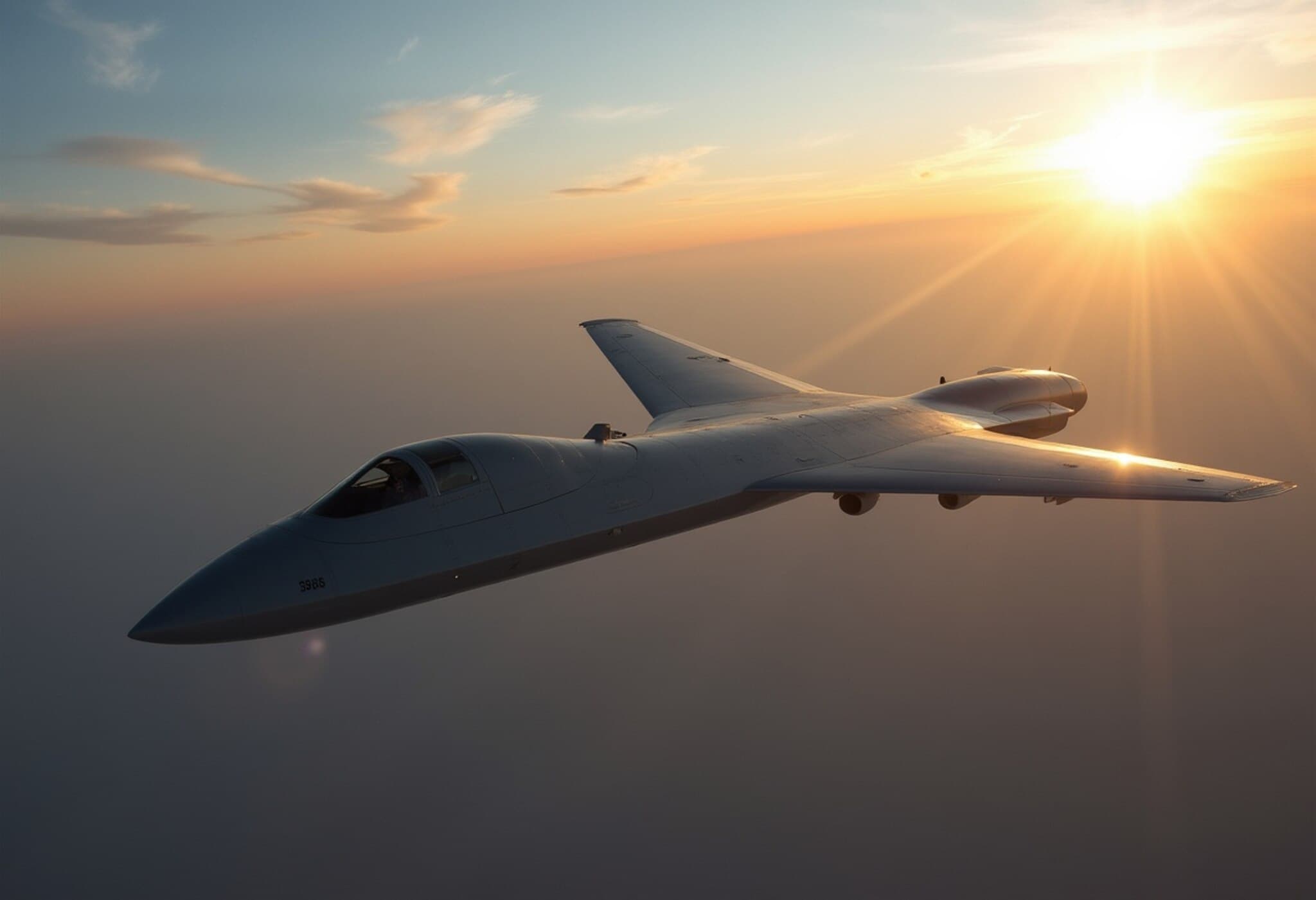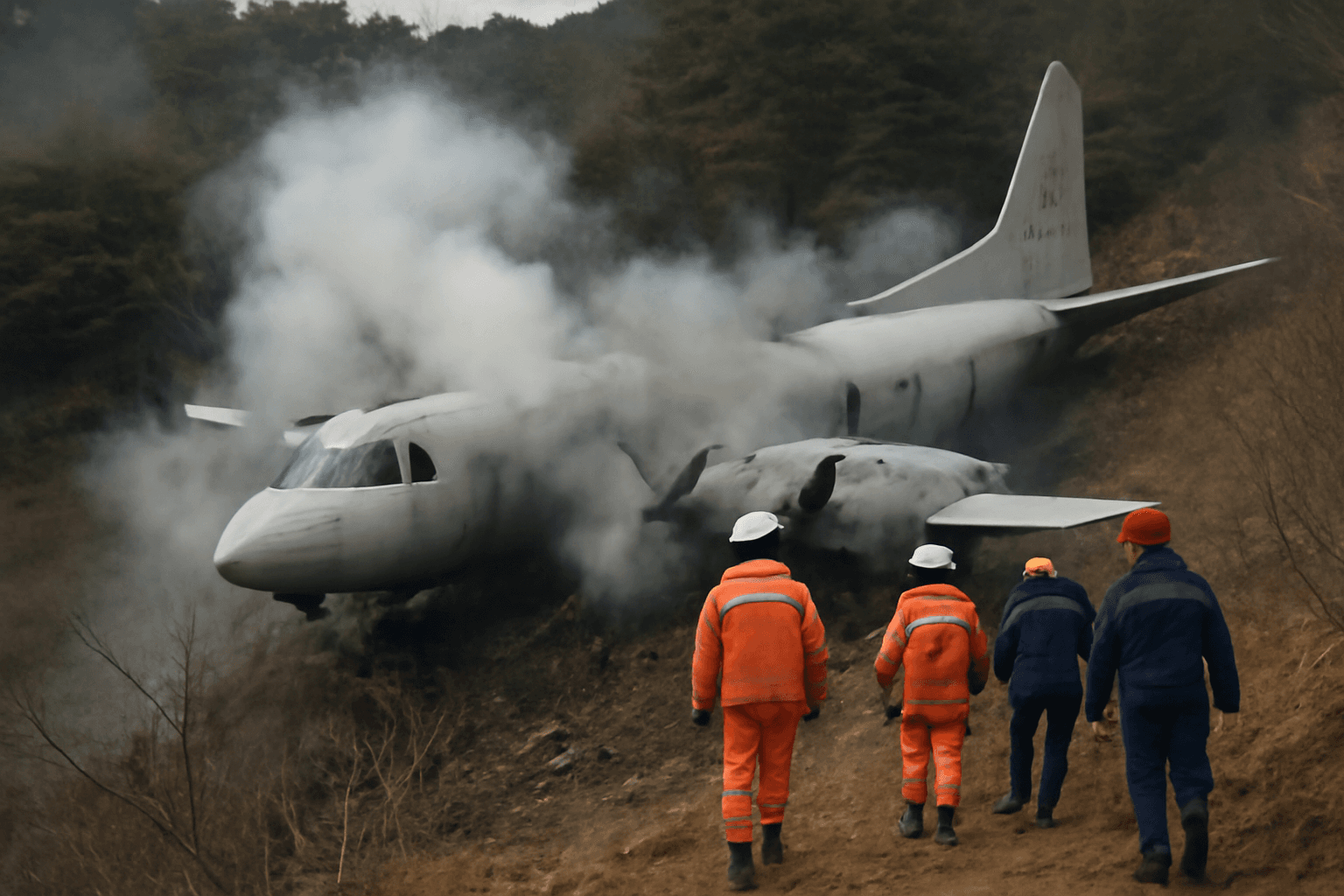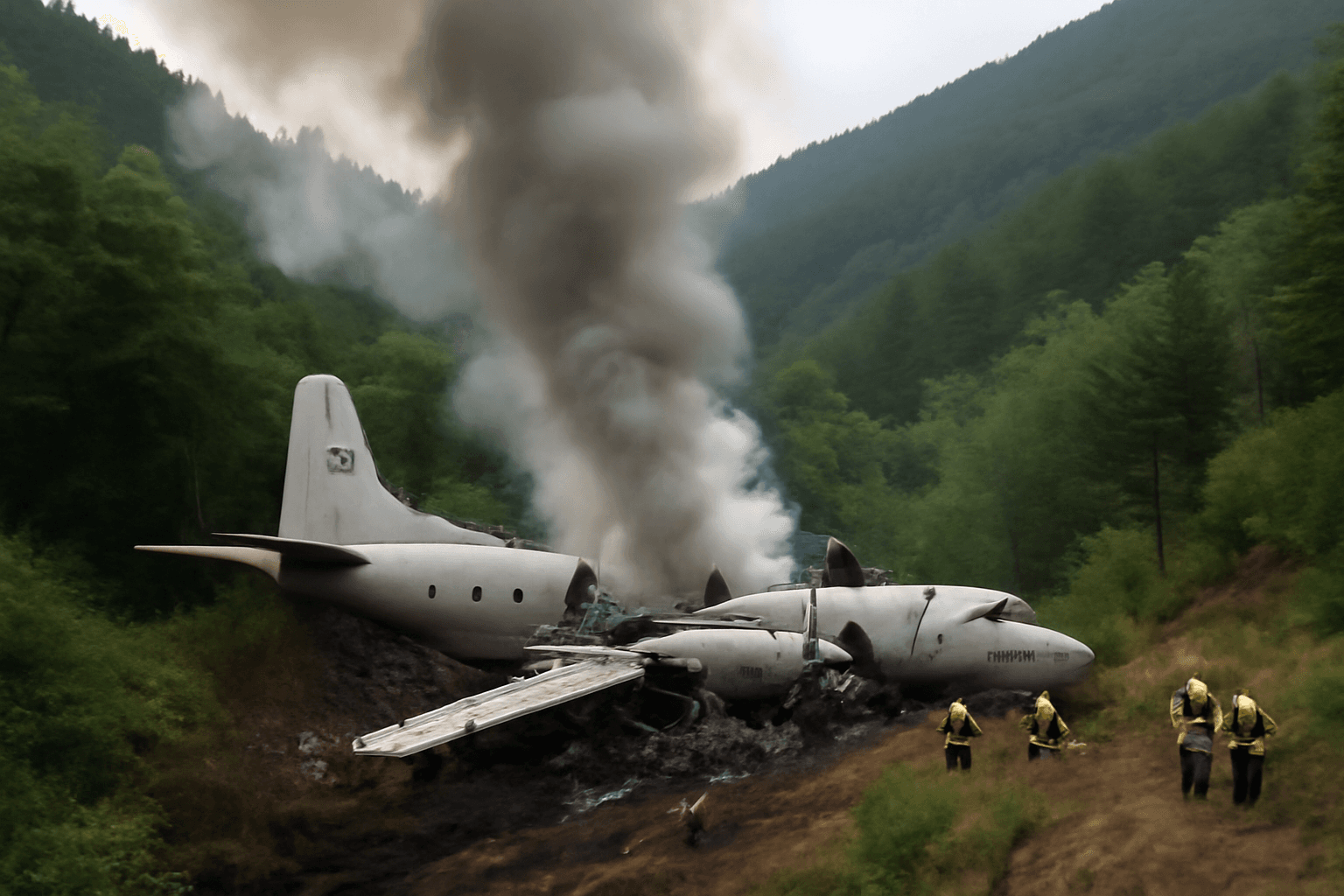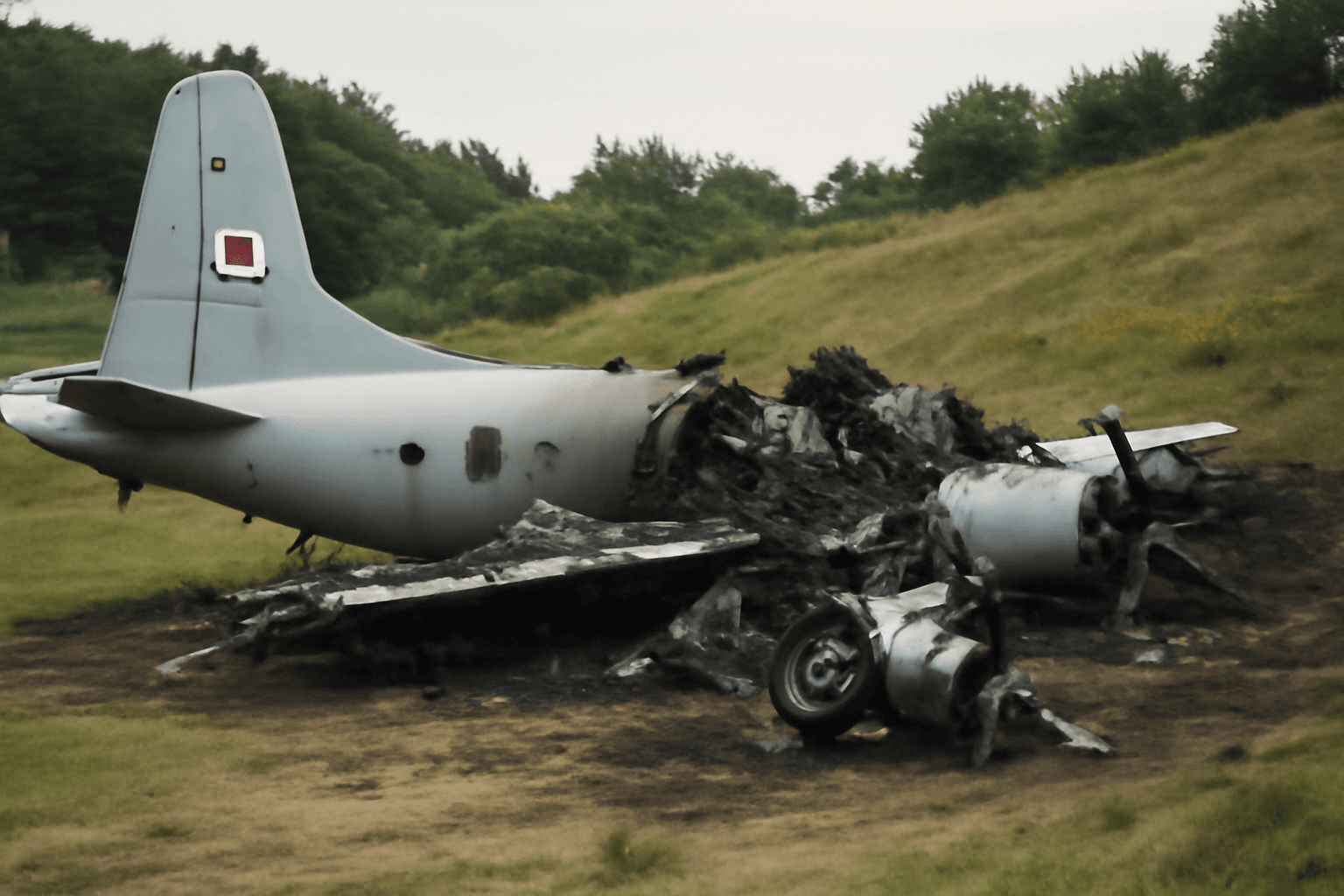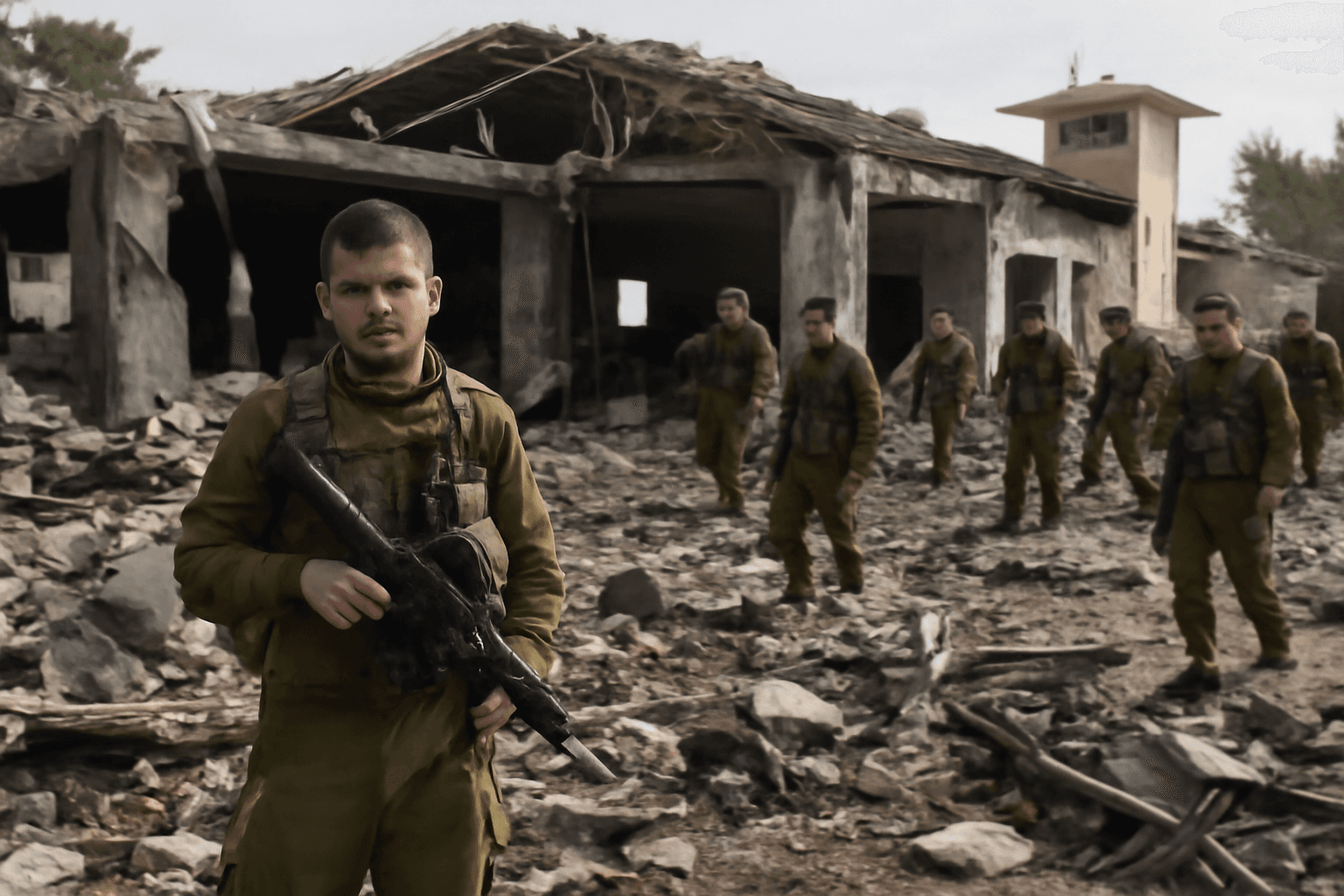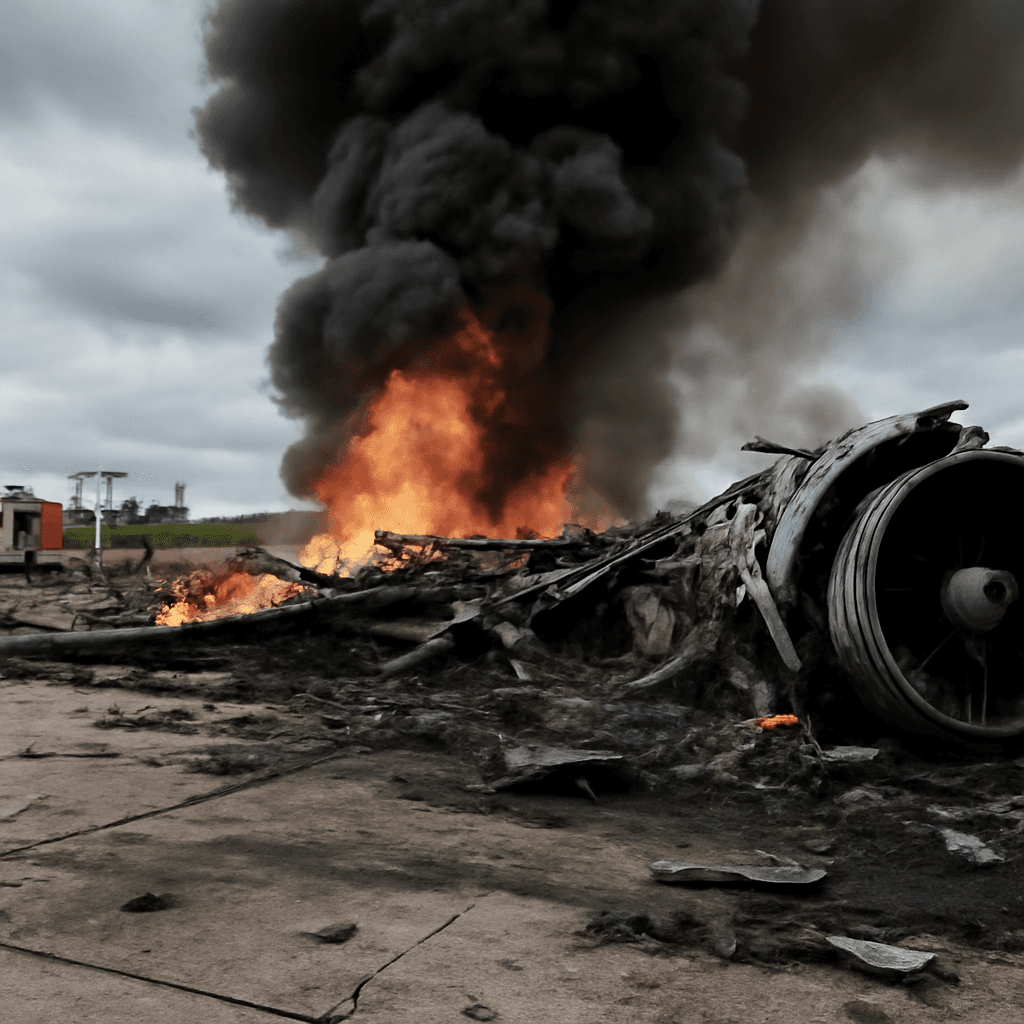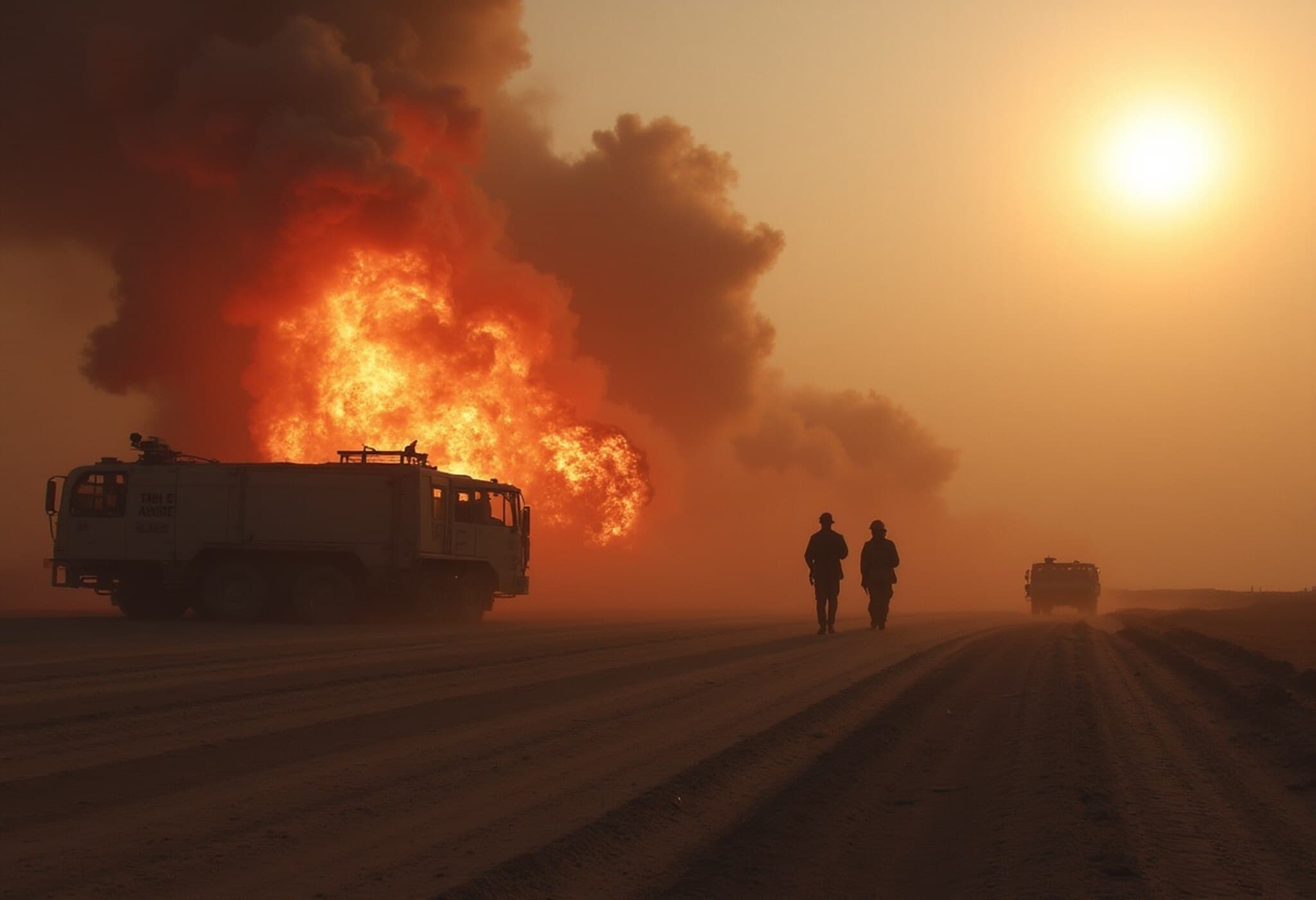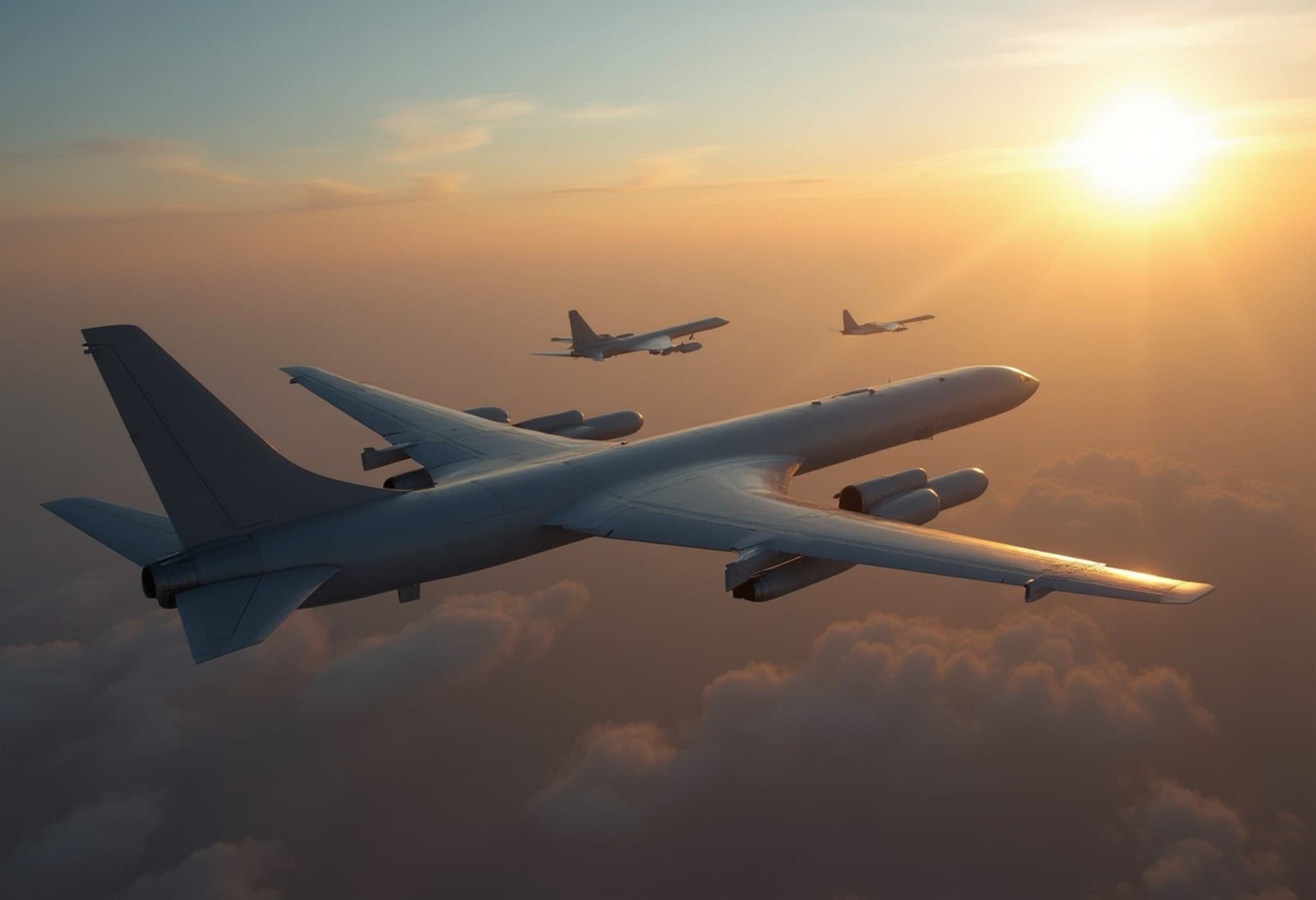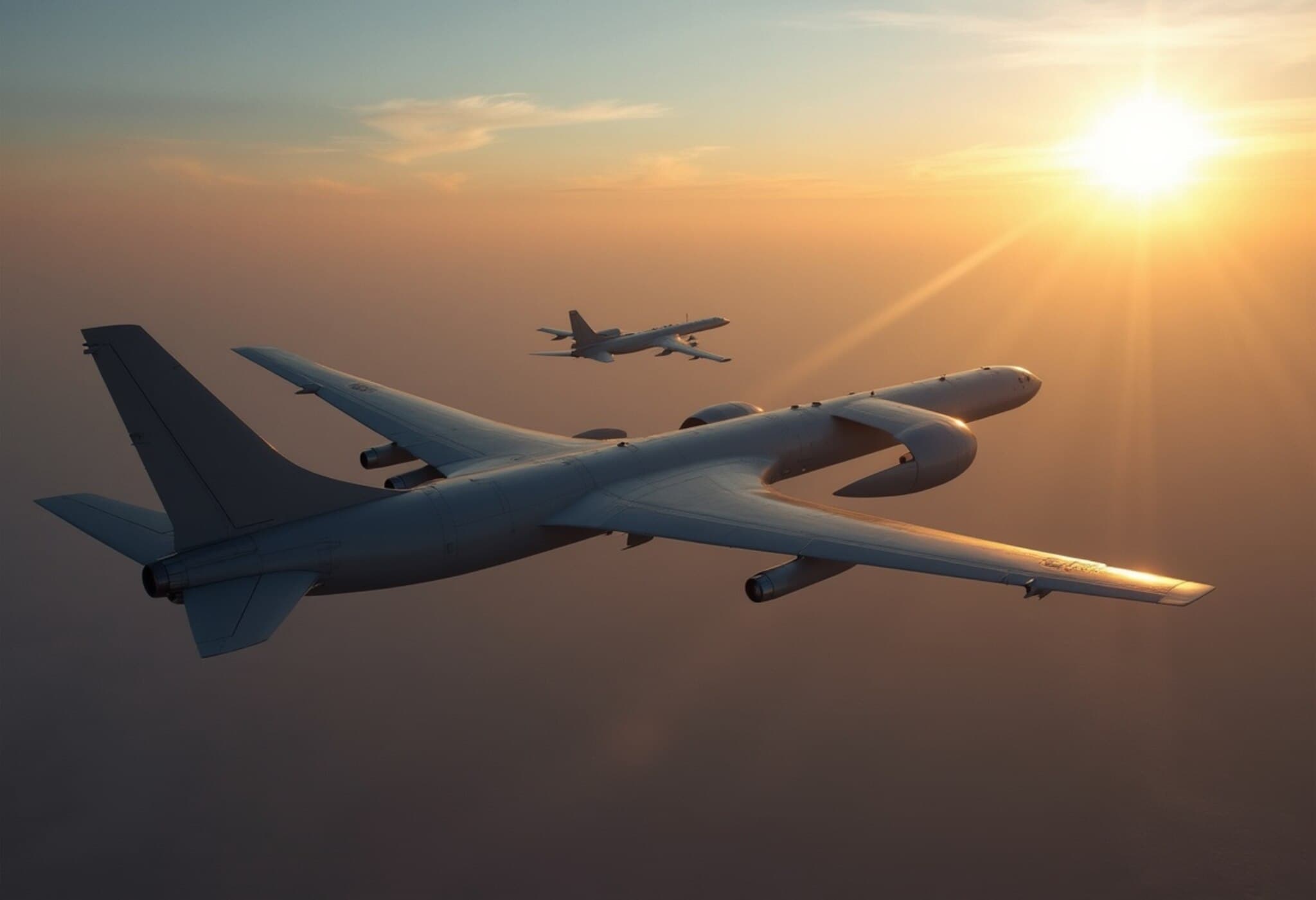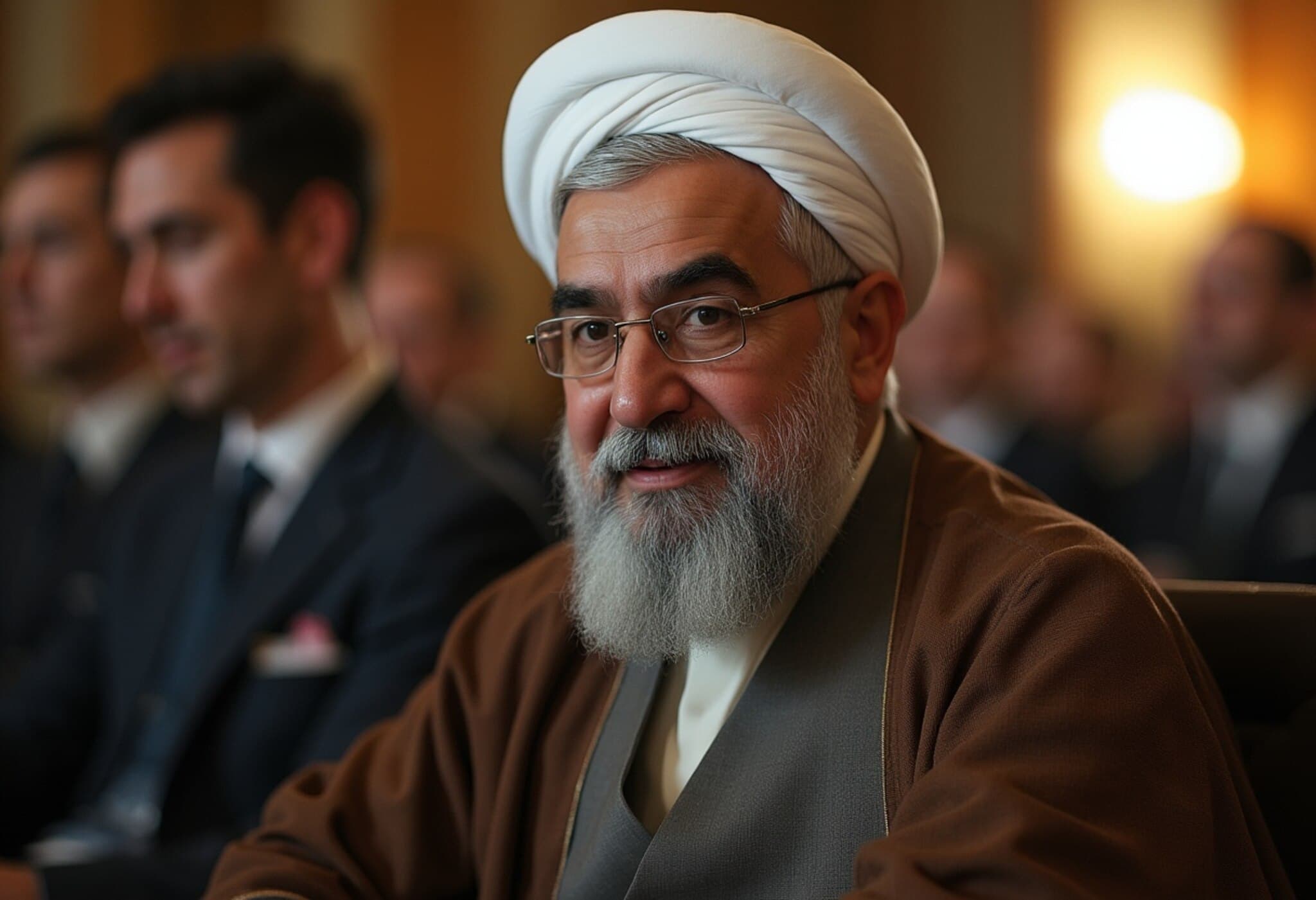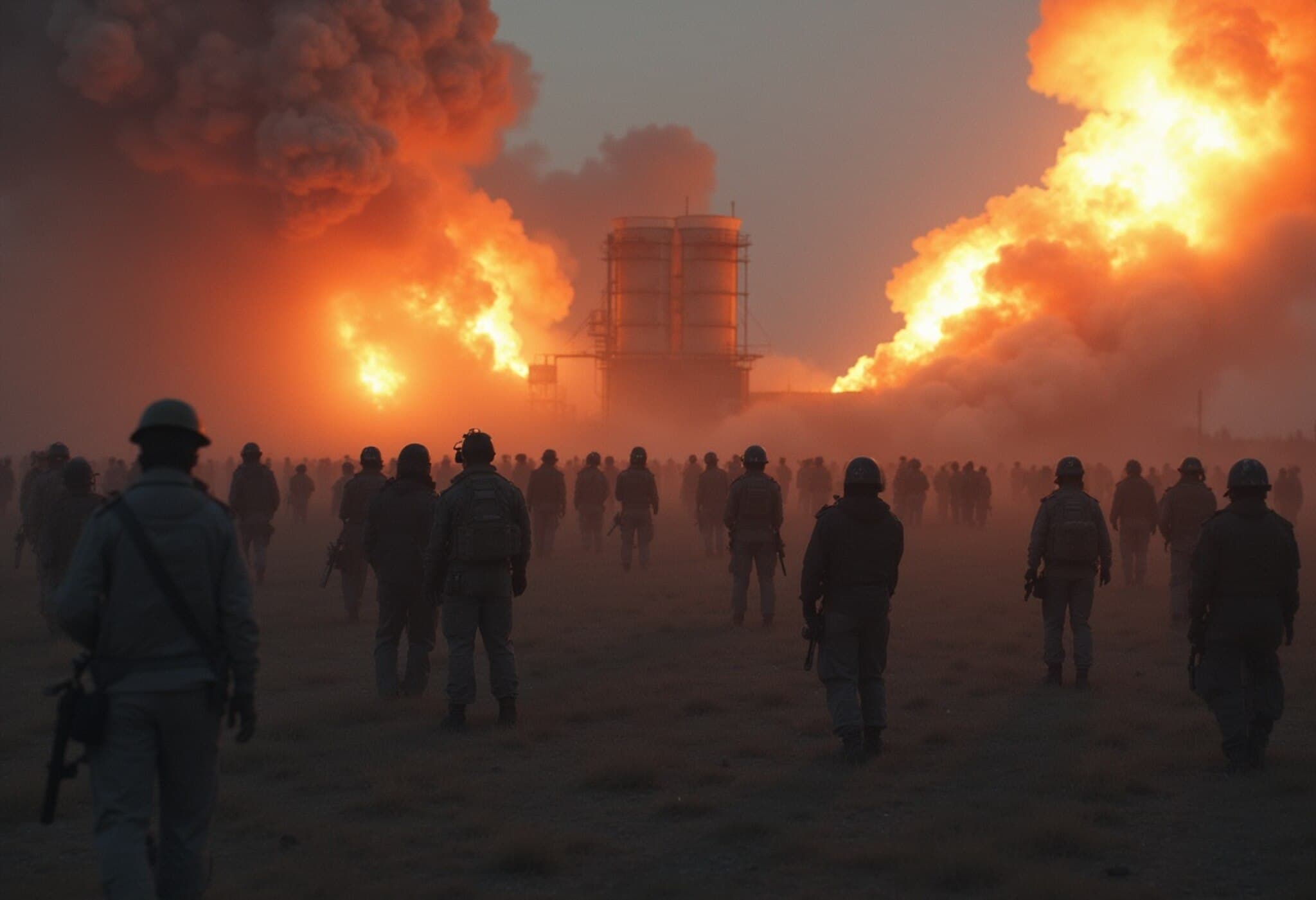Unveiling the B-2 Stealth Bombers' Epic 37-Hour Iran Strike Mission
In a remarkable display of military precision and endurance, seven B-2 stealth bombers undertook a daunting 37-hour mission to neutralize key nuclear facilities in Iran. Launching from Whiteman Air Force Base near Kansas City, these aircraft flew nearly 18 hours to reach their targets, conducting the operation with near radio silence to avoid detection.
Life Inside a B-2 During Ultra-Long Flights
The B-2 stealth bomber is engineered for extended missions, equipped with unique amenities that sustain its two-person crew over grueling periods. The cockpit features a small refrigerator, a microwave oven, and even a restroom, allowing pilots to manage basic needs without interrupting flight duties. At times, one pilot can rest lying down while the other remains at the controls, which is a critical design aspect for missions stretching close to two days.
Design and Technology: The Flying Wing
Distinctive in appearance, the B-2 departs from conventional aircraft with its flying wing design—lacking a fuselage and tail—which demands intricate control surface adjustments. Spanning 172 feet and controlled by just two crew members, the aircraft relies heavily on automation for navigation and flight management. Each bomber in the fleet carries a hefty price tag upwards of $2 billion, with only 19 in service after the loss of one in 2008.
Coordinated Precision: The 37-Hour Operation
This mission marked the longest B-2 deployment since the early campaigns post-9/11. It was shrouded in layers of secrecy and involved strategic coordination among multiple military assets. As the strike bombers pushed east towards Iran, a decoy squadron maneuvered westwards to confuse enemy radar.
Upon nearing Iranian airspace, the B-2s seamlessly synchronized with support aircraft and fighter escorts through complex aerial choreography, all while maintaining radio silence to preserve stealth. The successful coordination of these diverse units in compressed airspace was a testament to meticulous timing and extensive training.
Target Impact and Munitions Used
Leading the assault, the first B-2 deployed two GBU-57 Massive Ordnance Penetrators (MOPs), designed specifically for deep-bunker demolition, targeting strategic points at the Fordow nuclear site. Following suit, the remaining bombers released a combined total of 14 MOPs against several key nuclear installations, ensuring comprehensive destruction of Iran’s nuclear capabilities.
Conclusion
This mission not only demonstrated the B-2’s unmatched stealth and endurance capabilities but also highlighted the extensive planning and synergy required for modern aerial combat operations. The 37-hour journey reaffirms the bomber’s role as a critical asset in executing high-stakes, long-range strategic strikes with pinpoint precision.

